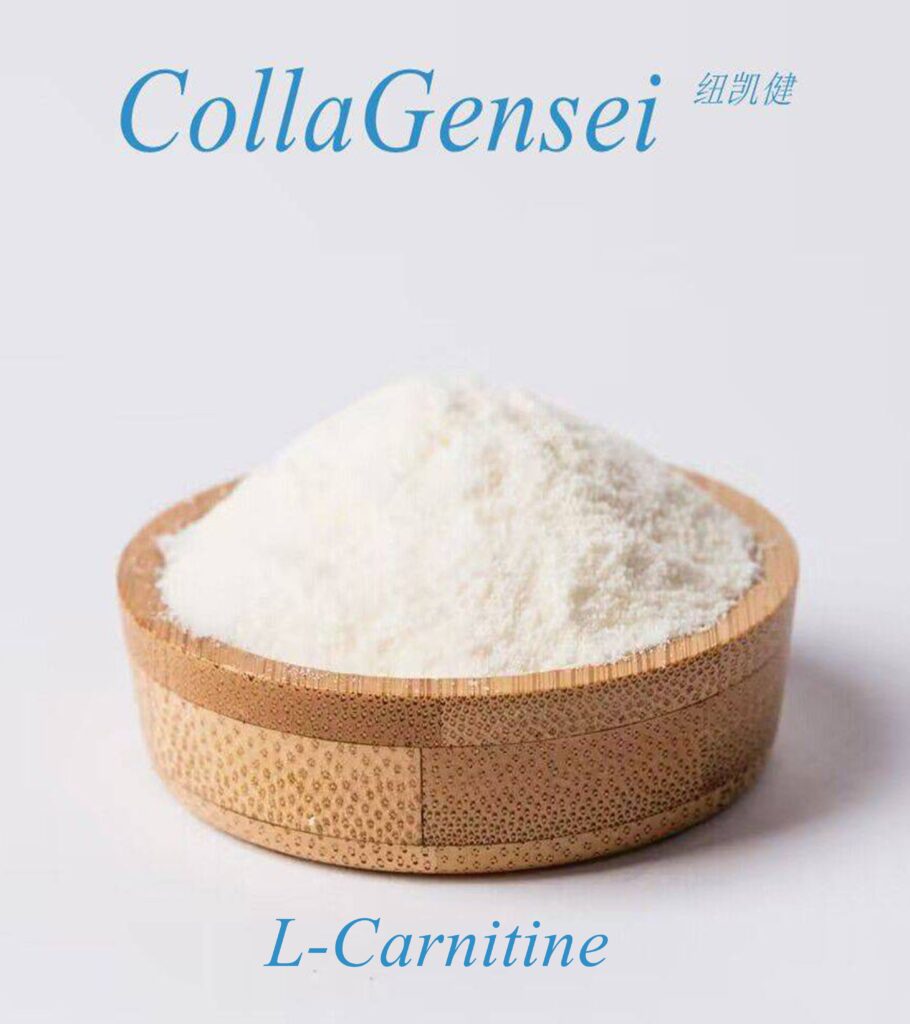Unlocking the Power of Low Sodium Bone Broth: A Comprehensive Guide
In the bustling world of health and wellness, low sodium bone broth has emerged as a powerhouse ingredient, captivating the attention of health-conscious consumers and food producers alike. But what is low sodium bone broth, and how does it stack up against other popular health ingredients? This blog dives into the essentials of low sodium bone broth, exploring its benefits, production processes, and market trends.
What is Low Sodium Bone Broth?
Low sodium bone broth is a nutritious liquid created by simmering the bones and connective tissues of either chicken or beef over an extended period, typically 12-24 hours. This slow cooking process extracts proteins, minerals, and other beneficial compounds, resulting in a flavorful and nutritious broth that is lower in sodium than traditional versions. The appeal of low sodium bone broth lies not just in its taste, but also in its potential health benefits, including:
- Bone broth collagen: This is derived from the collagen in bones and tissues, contributing to skin elasticity and joint health.
- Bone broth protein: Packed with amino acids, bone broth is an excellent source of protein that supports muscle health and recovery.
Origins and Historical Context
The origins of bone broth trace back centuries, often considered a staple in traditional cuisines around the globe. Research into the health benefits of bone broth gained momentum in the early 21st century, supported by communities seeking natural remedies for various health issues. Today, teams of researchers continue to curate studies to solidify the benefits of low sodium bone broth, making it a sought-after commodity.
Common Characteristics of Low Sodium Bone Broth
Low sodium bone broth generally presents as a clear, amber-colored liquid that exudes a rich, savory aroma. It can also be found in various forms, including:
- Liquid form: Ready to use or commercially packaged.
- Powdered form: Dehydrated for convenient transportation and longer shelf life.
The culinary versatility of low sodium bone broth ensures that it is suitable for a broad range of applications in both home kitchens and food service environments.
Ingredients and Production Process
The production of low sodium bone broth involves not just bones but also a variety of auxiliary ingredients that enhance its flavor and nutritional profile. Common auxiliary ingredients can include vegetables like carrots and onions, herbs like thyme and parsley, and optional spices for added taste.
When assessing how low sodium bone broth interacts with water, it’s essential to note that it is primarily water-soluble. This quality makes it an excellent addition to soups, sauces, and marinades.
Production Process Overview:
- Preparation of Bones: Bones are sourced (typically beef or chicken) and may be roasted for enhanced flavor.
- Simmering: The bones are boiled in water, often with vinegar to aid in mineral extraction.
- Straining: After several hours, the broth is strained to eliminate solids, yielding a liquid rich in nutrients.
- Flavor Enhancement: Vegetables and herbs may be added to enrich the broth’s flavor profile further.
Health Benefits and Efficacy
So, what makes low sodium bone broth an enticing addition to your diet? Here are key benefits:
- Supports Joint Health: High in collagen and amino acids—particularly glycine and proline—low sodium bone broth can promote joint function and reduce inflammation.
- Gut Health: The gelatin found in bone broth is believed to support gut lining health, promoting balanced digestion.
- Skin Elasticity: Regular consumption may enhance skin health due to its collagen content.
- Immunity Boosting: Minerals and amino acids in the broth can act as supportive nutrients for the immune system.
But is bone broth better than collagen supplements? This is where personal preference comes into play. While both provide different forms of collagen and health support, low sodium bone broth offers additional nutrients that supplements may not.
Potential Side Effects
While low sodium bone broth is generally safe for most people, it’s essential to be mindful of potential side effects:
- Digestive Issues: Some individuals may experience digestive discomfort if they consume overly large quantities.
- Sodium Sensitivity: Despite being lower in sodium, individuals who are particularly sensitive should still monitor their intake.
- Histamine Reactions: Long-simmered broth might contain histamines; individuals with histamine intolerance should exercise caution.
Mechanism of Action in the Body
Upon ingestion, the collagen and amino acids in low sodium bone broth are absorbed into the bloodstream. They undergo metabolic processes to support various bodily functions, from joint lubrication to skin regeneration. The presence of glycine also plays a role in neurotransmission, potentially impacting sleep and mood.
Detection and Quality Assurance
To ensure the efficacy and safety of low sodium bone broth, various detection methods are employed in the production process, including:
- Microbial testing to check for contaminants.
- Nutritional analysis to confirm levels of amino acids and collagen.
- Taste testing for quality assurance.
Popular Formulations and Suggested Dosages
In the market, you’ll find various formulations of low sodium bone broth that cater to different consumer preferences. Popular options include:
- Ready-to-drink broths that can be consumed directly.
- Powdered supplements for easy incorporation into cooking.
The suggested dosage can vary, but many health experts recommend consuming one cup (about 240ml) a day to reap the maximum benefits—a simple addition to soups, stews, or enjoyed warm on its own.
Time to See Results
Users often report benefits within a few weeks of regular consumption, particularly in terms of skin elasticity, joint comfort, and digestion. The body’s response to bone broth can vary based on individual health and dietary habits.
Comparison with Other Health Products
When compared to products like chicken bone broth or beef bone broth, low sodium variants offer a unique advantage for those looking to reduce sodium intake without sacrificing flavor. Many consumers are also curious about how low sodium bone broth stacks up against more conventional supplements, such as powdered collagen or protein powders. Each has distinct advantages—a diverse diet incorporating both could be the most beneficial approach.
Clinical Research Progress
Recent studies have illuminated various health benefits associated with low sodium bone broth. From joint health to enhanced gut integrity, ongoing clinical trials continue to reinforce its place in the health food sector.
Regulatory Landscape Across Countries
When it comes to regulations surrounding low sodium bone broth, there is a stark contrast worldwide. In places like the United States and Canada, it is often categorized as a food product, while in other regions, like the European Union, it’s treated more like a supplement with stricter guidelines on health claims. Countries throughout Asia and South America may vary widely in their regulatory approach to this nutritious broth. A thorough understanding of these differences is crucial for manufacturers and consumers alike.
Market Trends and Future Outlook
In recent years, the demand for low sodium bone broth has surged, with an estimated market increase of 15-20% annually. Notable factors driving this growth include the rise in gut health awareness and the growing trend of bone broths among millennials and health enthusiasts.
Market forecasts predict continued growth, propelled by consumer interest in natural, health-focused products.
Production Techniques: A Closer Look
Currently, the most popular production methods for low sodium bone broth include traditional boiling and more modern techniques such as pressure cooking and sous-vide, each yielding different flavor nuances and nutritional profiles.
FAQs for B2B Buyers
- What is low sodium bone broth made from?
- How is low sodium bone broth different from regular bone broth?
- What are the storage recommendations for low sodium bone broth?
- Is low sodium bone broth suitable for all dietary restrictions?
- How should low sodium bone broth be incorporated into a diet?
- What is the shelf life of low sodium bone broth?
- Can low sodium bone broth be used in cooking?
- How does low sodium bone broth support joint health?
- Are there any allergens commonly found in bone broth?
- What certifications should I look for when purchasing?
Pros and Cons
Advantages:
- Nutrient-dense and versatile ingredient.
- Supports joint and gut health effectively.
- Lower sodium content makes it suitable for various diets.
- Provides a rich source of collagen and protein.
- Easy to incorporate in daily meals.
Disadvantages:
- May not be suitable for those with histamine intolerance.
- Digestive issues may arise in sensitive individuals.
- Requires time to prepare if made from scratch.
- Can be expensive compared to conventional broths.
- Some consumers may prefer texture and flavor of traditional options.
Tips for Choosing Low Sodium Bone Broth Suppliers
- Research the supplier’s certifications: Look for quality standards such as ISO, HALAL, and KOSHER.
- Check for third-party testing: Ensure the product undergoes rigorous quality assurance.
- Review supply chain transparency: Know where the ingredients are sourced.
- Assess product variety: Suppliers offering a range of options can better meet your needs.
- Ask for customer references: Reliable suppliers should have a track record of satisfied clients.
Conclusion
In conclusion, low sodium bone broth is an exceptional ingredient that offers a wealth of health benefits, from supporting joint health to enhancing gut function. With a growing market and a variety of applications, it has undoubtedly cemented its place in health-conscious diets around the world.
For those looking to procure high-quality low sodium bone broth ingredients, Gensei Global Industries is here to help. With certifications from the FDA, ISO, HALAL, and KOSHER, and strategically located warehouses in California and New York, we ensure a stable supply of raw materials tailored to your needs. For inquiries, please reach out to us at sales@collagensei.com, and let’s explore how we can support your product development with our extensive range of premium ingredients!




